Plainly landmarked by a towering oil derrick in actual operation, the fronts on the Avenue of Pioneers. shaped like an equilateral triangle, the structure rests on four huge oil tanks, its metal walls rising in flaring tiers. Four large murals by William T. Schwarz decorated the inner walls of the Great Hall of Industry, each depicted respectively one phase in the story of Petroleum - Production, Transportation, Reach and Refining Here on a mammoth screen was a motion picture in Technicolor its actors three-dimensional puppets, portrayed the importance of petroleum n man's daily life.
The Petroleum Garden featured an animated map on which miniature oil derricks depicted the growth of ail production since 1859. A model of an oil refinery demonstrated the most up-to-date refining methods. Sponsored by fifteen major oil companies, the Exhibit showed how the industry had made possible and contributed to the advance of civilization during the past 80 years.
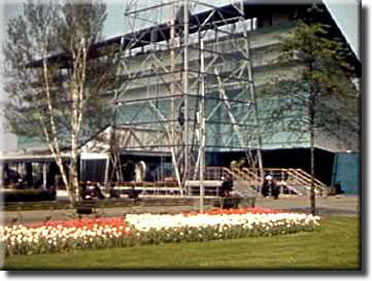
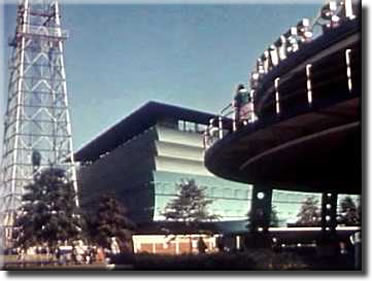
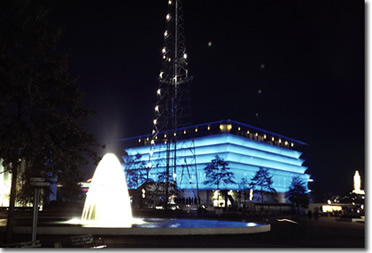
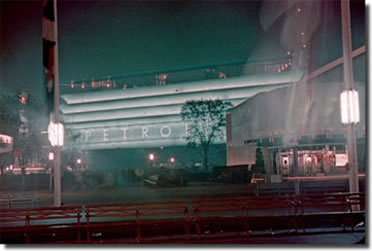
by John Ott courtesy of his grandson Michael Ott
Sinclair Pictorial Map
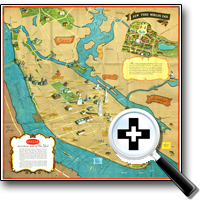
Courtesy of Hiary Rossen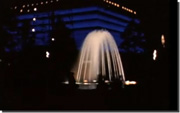

A seemingly working derrick dominated the exterior of the Petroleum pavilion. At a cost of $350,000, the derrick was the largest of its type built: 186 feet tall and supported 500 tons of drilling pipe. Prior to the Fair’s opening, the drill reached a depth of 424 feet and was then capped.
An experienced crew from Oklahoma, a driller and four “roughnecks” operated the derrick daily. From 11 A.M. until 9 P.M. the team gave a twenty-minute demonstration of the drilling process on the hour.
One of the great stunts the crew performed consisted of the derrick man casually smoking a cigarette and riding down from his high perch, hugging the drill pipe. Significantly, the only accident suffered at the derrick occurred due to this trick – slightly burned hands.
Through an effective display, the petroleum industry showed how every time a typical American with a six-year-old car worth under $200 paid a dollar for five gallons of gasoline he actually paid thirty-two cents in taxes.
Before the fair, the exhibit purchased three of the finest oxen and them slaughtered them to match up their hides for two perfect oxen mannequins demonstrating how the early oil industry developed.
To mark the eightieth anniversary of the discovery of oil at Titusville PA, the Petroleum pavilion invited Grace G. Drake, granddaughter of Col. Drake, Wilbur Smith, Harry Smith and J. Lynn Smith, grandsons of the driller and Mrs. L Keeley, Smith’s granddaughter to tour the exhibit and be honored at a luncheon at the Petroleum Club on the roof of the pavilion.
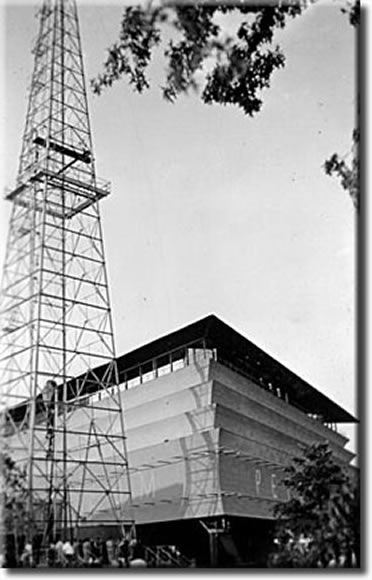
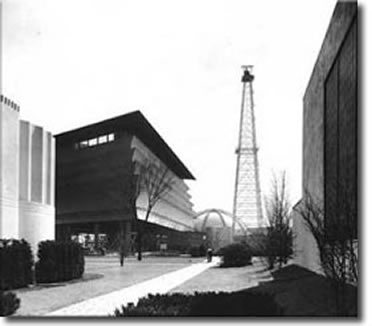
Dr. William R. Hanson
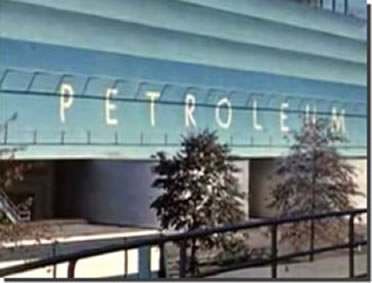
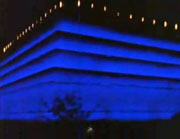
- Return to:
- Production & Distribution
- October 2017 Newsletter
